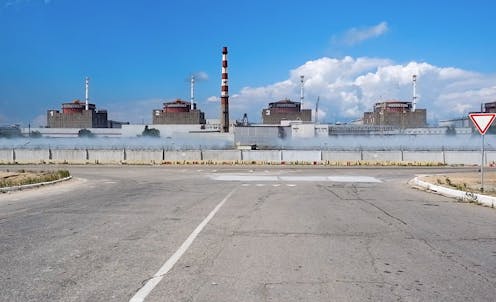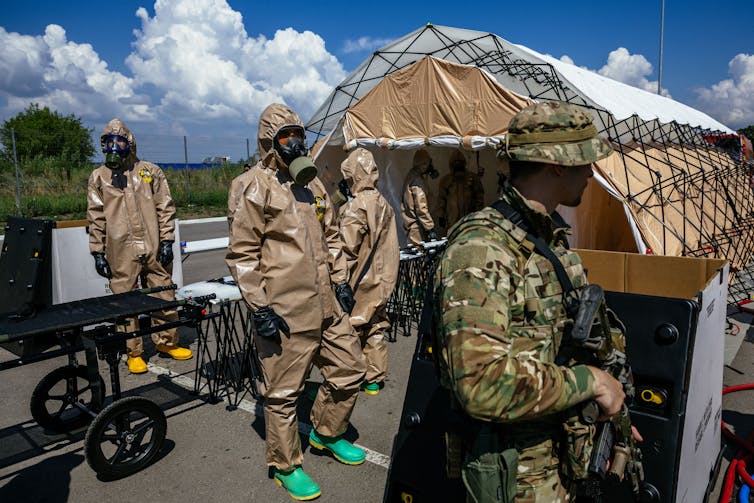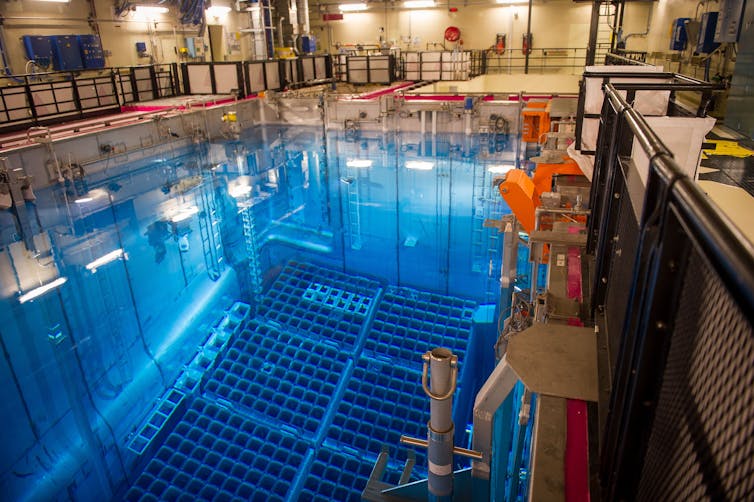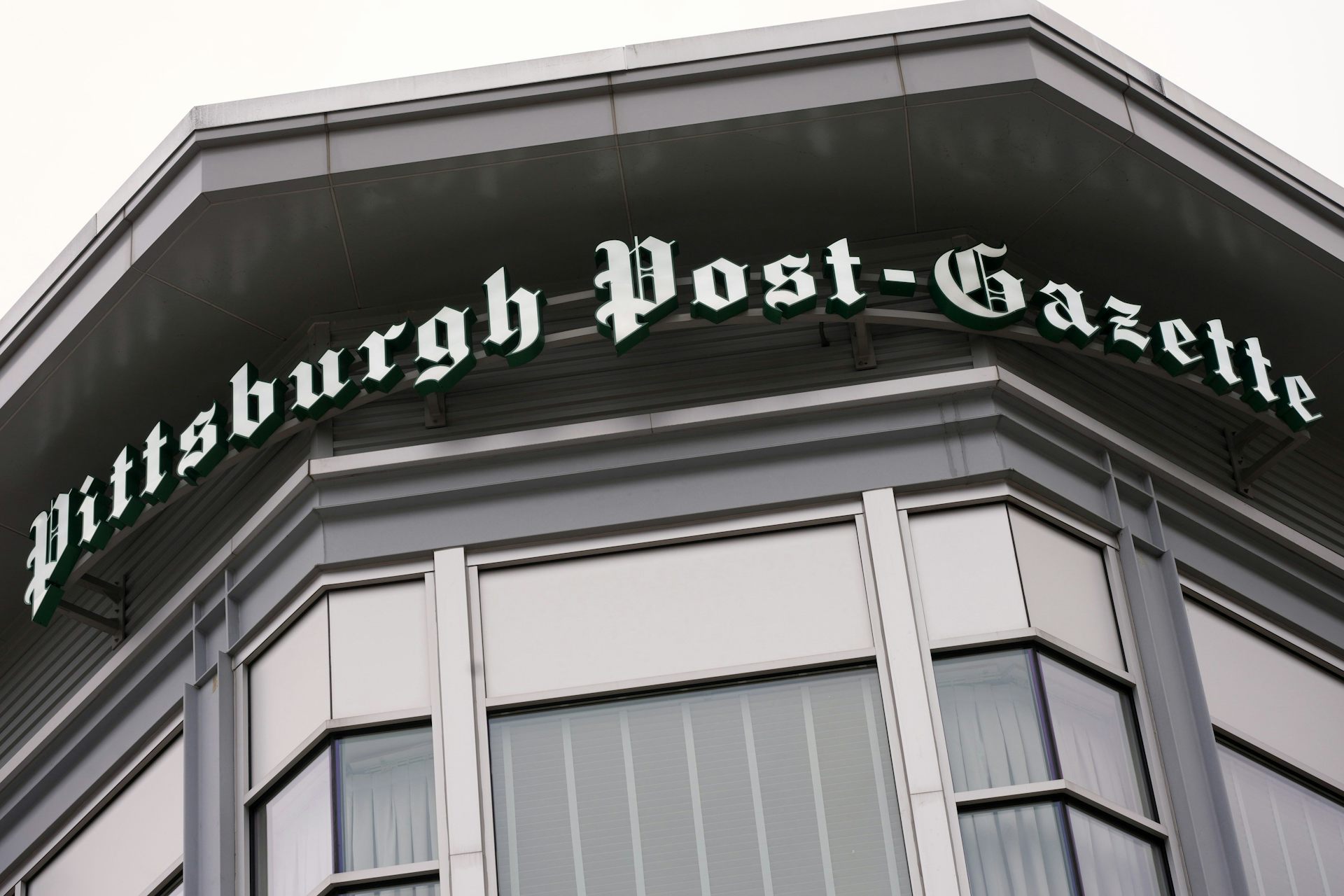Imperiled Ukrainian nuclear power plant has the world on edge – a safety expert explains what could
Artillery shelling, stressed-out technicians and power supply disruptions increase the chances of catastrophe at the Zaporizhzhia nuclear power plant, Europe’s largest.

Russian forces occupy Europe’s largest nuclear power plant, the Zaporizhzhia Nuclear Power Station in the Ukrainian city of Enerhodar. Russian and Ukrainian forces are fighting nearby, and shelling has damaged power and communication lines to the plant, prompting fears for the plant’s safety and evoking painful memories in a country still scarred by the world’s worst nuclear accident, at Chernobyl in 1986.
In addition, Russian authorities have developed plans to disconnect the plant from Ukraine’s power grid – in the event of damage to the plant, according to the Russians, as a prelude to switching the plant to the grid in Russian-occupied territory, according to the Ukrainians. Disconnecting the plant from the grid is a risky operation.
The Conversation asked Najmedin Meshkati, a professor and nuclear safety expert at the University of Southern California, to explain the risks of warfare taking place in and around nuclear power plants.
How safe was the Zaporizhzhia power plant before the Russian attack?
The facility at Zaporizhzhia is the largest nuclear plant in Europe and one of the largest in the world. It has six pressurized water reactors, which use water to both sustain the fission reaction and cool the reactor. These differ from the RBMK reactors at Chernobyl, which used graphite instead of water to sustain the fission reaction. RBMK reactors are not seen as very safe, and there are only eight remaining in use in the world, all in Russia.
The reactors at Zaporizhzhia are of moderately good design, and the plant has a decent safety record, with a good operating background.
Ukrainian authorities tried to keep the war away from the site by asking Russia to observe a 30-kilometer (nearly 19-mile) safety buffer. But Russian troops surrounded the facility and seized it in March.
What are the risks to a nuclear plant in a conflict zone?
Nuclear power plants are built for peacetime operations, not wars.
The worst thing that could happen is if a site is deliberately or accidentally shelled. If a shell hit the plant’s spent fuel pool – which contains the still-radioactive spent fuel – or if fire spread to the spent fuel pool, it could release radiation. This spent fuel pool isn’t in the containment building, and as such is more vulnerable.
Containment buildings, which house nuclear reactors, are also not protected against deliberate shelling. They are built to withstand a minor internal explosion of, say, a pressurized water pipe. But they are not designed to withstand a huge explosion.
As to the reactors in the containment building, it depends on the weapons being used. The worst-case scenario is that a bunker-buster missile breaches the containment dome – consisting of a thick shell of reinforced concrete on top of the reactor – and explodes. That would badly damage the nuclear reactor and release radiation into the atmosphere, which would make it difficult to send in first responders to contain any resulting fire. It could be another Chernobyl.

What are the concerns going forward?
The safety problems I see are twofold:
1) Human error
The workers at the facility are working under incredible stress, reportedly at gunpoint. Stress increases the chance of error and poor performance.
There is a human element in running a nuclear power plant – operators are the first and last layers of defense for the facility and the public. They are the first people to detect any anomaly and to stop any incident. Or if there’s an accident, they will be the first to heroically try to contain it.
2) Power failure
The second problem is that the nuclear plant needs constant electricity, and that is harder to maintain in wartime.
Even if you shut down the reactors, the plant will need off-site power to run the huge cooling system to remove the residual heat in the reactor and bring it to what is called a cold shutdown. Water circulation is always needed to make sure the spent fuel doesn’t overheat.
Spent fuel pools also need constant water circulation to keep them cool, and they need cooling for several years before they can be put in dry casks. One of the problems in the 2011 Fukushima disaster in Japan was the emergency generators intended to replace lost off-site power got inundated with water and failed. In situations like that, you get “station blackout” – and that is one of the worst things that could happen. It means no electricity to run the cooling system.

In that circumstance, the spent fuel overheats and its zirconium cladding can create hydrogen bubbles. If you can’t vent these bubbles, they will explode, spreading radiation.
If there is a loss of outside power, operators will have to rely on emergency generators. But emergency generators are huge machines – finicky, unreliable gas guzzlers. And you still need cooling waters for the generators themselves.
My biggest worry is that Ukraine suffers from a sustained power grid failure. The likelihood of this increases during a conflict because power line pylons may come down under shelling, or gas power plants might get damaged and cease to operate. And though Ukrainian intelligence services claim that the Russians intend to stockpile diesel fuel to keep these emergency generators going, it is unlikely that Russian troops will have excess fuel given their need to fuel their own vehicles.
How else does a war affect the safety of nuclear plants?
One of the overarching concerns about the effects of war on nuclear plants is that war degrades safety culture, which is crucial in running a plant. I believe that safety culture is analogous to the human body’s immune system, which protects against pathogens and diseases. Safety culture is pervasive and has a widespread impact. “It can affect all elements in a system for good or ill,” according to psychologist James Reason.
The tragic situation at the Zaporizhzhia nuclear power plant violates every universally accepted tenet of healthy nuclear safety culture, especially the maintenance of an environment where personnel can raise safety concerns.
War adversely affects safety culture in a number of ways. Operators are stressed and fatigued and may be scared to death to speak out if something is going wrong. Then there is the maintenance of a plant, which may be compromised by lack of staff or unavailability of spare parts.
Governance, regulation and oversight – all crucial for the safe running of a nuclear industry – are also disrupted, as is local infrastructure, such as the capability of local firefighters. In war, everything is harder.
So what can be done to better protect Ukraine’s nuclear power plants?
The only solution is declaring a demilitarized zone around nuclear plants. However, Russia has so far rejected United Nations Secretary General António Guterres’ plea for declaring a demilitarized zone around the plant.
I believe an optimal though not ideal solution is to bring the two operating reactors to a cold shutdown before any further loss of off-site power and risk of station blackout, store more fuel for emergency diesel generators at different locations at the plant site, and keep only a skeleton caretaker staff to look after the spent fuel pools.
Admittedly, this is only a stopgap measure. In parallel with the International Atomic Energy Agency’s effort under the leadership of its Director, General Rafael Mariano Grossi, I believe that the U.N. Security Council should immediately empower a special commission to mediate between the warring parties. It could be modeled after the United Nations Monitoring, Verification and Inspection Commission in 2000, and appoint a prominent, senior international statesman as its head.
I believe the person should be of the caliber and in the mold of the legendary former director general of the IAEA, Hans Blix of Sweden. Blix led the agency at the time of the Chernobyl accident in 1986 and commands respect in today’s Russia and Ukraine.
War, in my opinion, is the worst enemy of nuclear safety. This is an unprecedented and volatile situation. Only through active, pragmatic engineering and nuclear diplomacy can an amenable and lasting solution to this vexing problem be found.
This is an updated version of an article originally published on March 4, 2022.
Najmedin Meshkati received research funding from the U.S. Nuclear Regulatory Commission in mid-1990s.
Read These Next
George Washington’s foreign policy was built on respect for other nations and patient consideration
For the nation’s first president, friendliness was strategy, not concession: the republic would treat…
The 6-7 craze offered a brief window into the hidden world of children
From Pig Latin to Punch Buggy, kids have long used nonsensical language, gestures and games to carve…
Why the Pittsburgh Post-Gazette’s closure exposes a growing threat to democracy
When reputable local news outlets close, fewer people vote and get involved in local politics, and misinformation,…






